Articles
Jackson Pollock
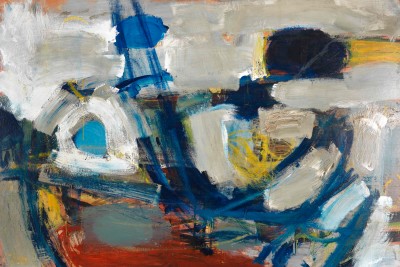
RA Recommends
> 5 years ago
“Like a bomb going off”: how Albert Irvin found abstraction
In the 1950s when British painter Albert Irvin RA caught a glimpse of the explosive New York Abstract Expressionism scene, he abandoned his still-lifes and began conjuring pure sensation and emotion on his canvases. A new show at Whitford Fine Art looks at these early forays into abstract work.

RA Exhibitions
6 years ago
Six views of America
As a new term in the White House divides America, we look back to another time of social upheaval and economic anxiety. Here are six snapshots of a changing country, as depicted by 1930s artists in the RA’s upcoming exhibition, ‘America after the Fall’, and then by contemporary painters in 21st century USA.
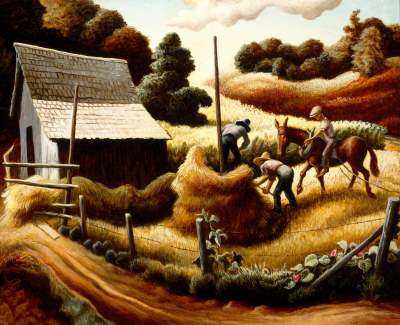
RA Exhibitions
6 years ago
“I taught Jack that” – Thomas Hart Benton and his student, Jackson Pollock
Ahead of our America After the Fall exhibition, Debra N. Mancoff spotlights Hart Benton’s paintings of idealised rural life during the Great Depression – and his mentorship of an emerging young artist, Jackson Pollock.

Our Collection
> 6 years ago
How to read it: Salix by Gillian Ayres RA
This vast and vibrant work by Gillian Ayres was inspired by the wild canvases of Jackson Pollock.

RA Exhibitions
> 6 years ago
Video: Abstract Expressionists in 60 seconds
Got a minute? In these short videos, the RA’s Artistic Director introduces five of the key figures of Abstract Expressionism.

RA Exhibitions
> 6 years ago
Quiz: which Abstract Expressionist are you?
Are you a sensible socialite or a bar brawler? Are you ruled by ideals or impulses? Take the quiz to find your kindred Abstract Expressionist spirit, as its biggest characters take over our galleries.
RA Exhibitions
> 6 years ago
Ten 1950s artist hangouts to visit in New York
The fabled Cedar Tavern might be long gone, but there are still plenty of Greenwich Village spots where you can grab a coffee, or something stronger, in the New York of Jackson Pollock, Mark Rothko and friends.
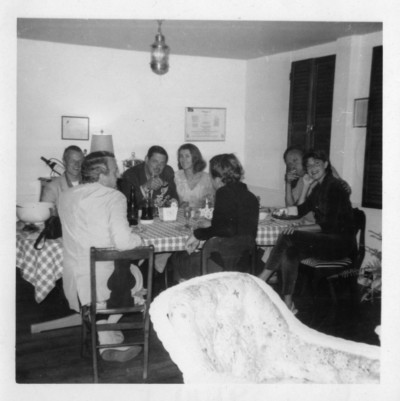
RA Exhibitions
> 6 years ago
“Rothko’s studio matched his mood”
Delving into his own memories of New York’s Abstract Expressionist scene, Paul Huxley RA recounts dinner parties and road trips with the likes of Lee Krasner, Mark Rothko, Robert Motherwell and Helen Frankenthaler.
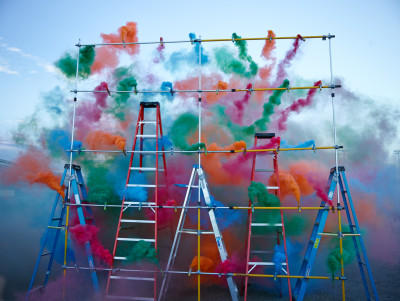
RA Recommends
> 7 years ago
Our pick of this week’s art events: 26 June – 2 July
From Jackson Pollock’s pivotal series of black pourings to the monumental sculptures of Phyllida Barlow RA, we guide you through the week’s top art events.
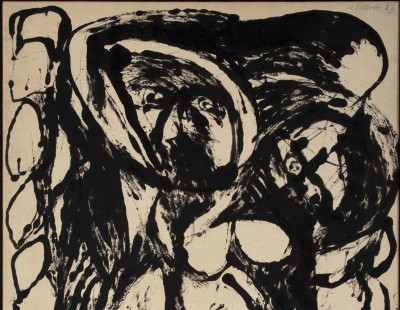
Opinion
< 8 years ago
Jackson Pollock: pouring his art out
Leading abstract painter Frank Bowling RA welcomes a major show that reassesses Jackson Pollock’s black pourings.